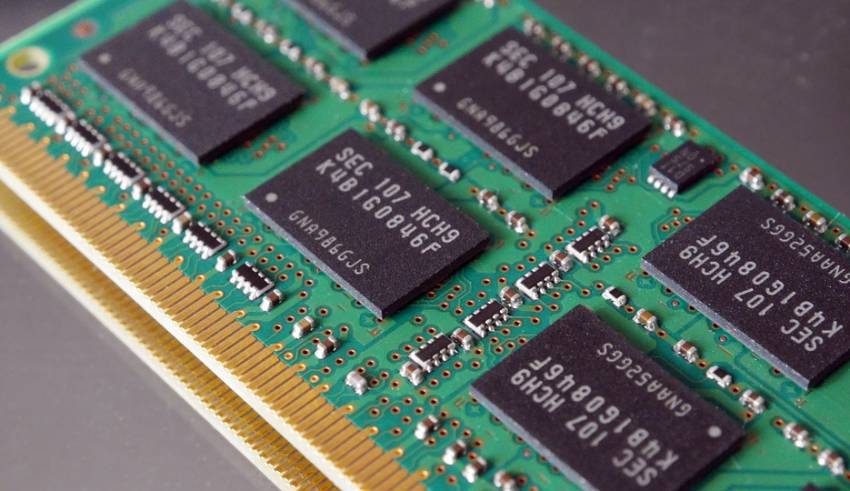

Information stored in RAM is accessed randomly, not in a sequence as on a CD or hard drive. So, the more RAM a computer has, the faster it will work.
Computer ram images software#
If it does not have sufficient RAM (random access memory) to run the OS and software programs, it will result in slower performance. It is faster to write to and read from as compared to other memories such as a hard disk drive (HDD), solid-state drive (SSD), optical drive, etc.Ī computer's performance mainly depends on the size or storage capacity of the RAM. RAM comes in the form of a chip that is individually mounted on the motherboard or in the form of several chips on a small board connected to the motherboard.

If you run out of space on the paper, you may erase what you no longer need RAM also behaves like this, the unnecessary data on the RAM is deleted when it fills up, and it is replaced with new data from the hard disk which is required for the current operations. It is like a reusable scratch paper on which you can write notes, numbers, etc., with a pencil. A computer also works like this when the RAM fills up, the processor goes to the hard disk to overlay the old data in Ram with new data. Short term memory can be refreshed with information stored in the brain?s long term memory. Short term memory remembers the things for a short duration, whereas long term memory remembers for a long duration. In simple words, we can say that RAM is like a person?s short term memory, and hard drive storage is like a person's long term memory. The benefit of loading data into RAM is that reading data from the RAM is much faster than reading from the hard drive.

So, the data remains in the RAM as long as the computer is on and lost when the computer is turned off. As soon as you shut down the computer, the RAM loses the data. CPU utilizes this data to perform the required tasks. When you switch on the computer the data and instructions from the hard disk are stored in the RAM, e.g., when the computer is rebooted, and when you open a program, the operating system (OS), and the program are loaded into RAM, generally from an HDD or SSD. RAM is a volatile memory, which means it does not store data or instructions permanently. It is the read and write memory of a computer, which means the information can be written to it as well as read from it. It allows CPU store data, program, and program results when you switch on the computer. RAM, which stands for Random Access Memory, is a hardware device generally located on the motherboard of a computer and acts as an internal memory of the CPU.


 0 kommentar(er)
0 kommentar(er)
